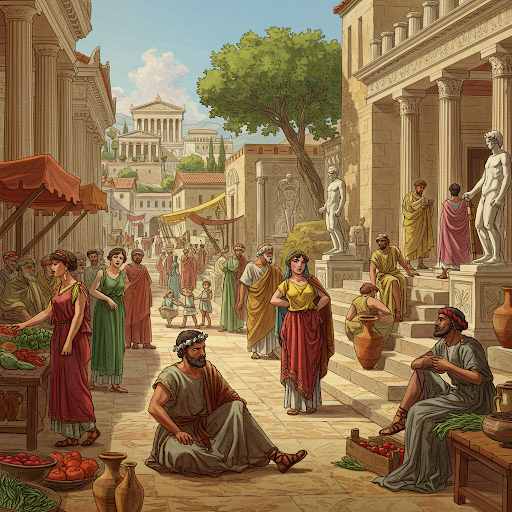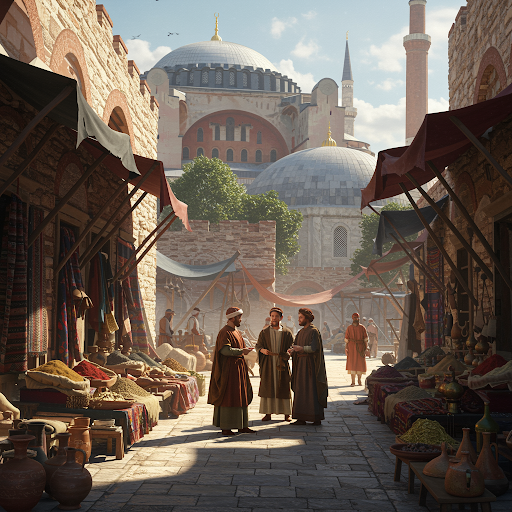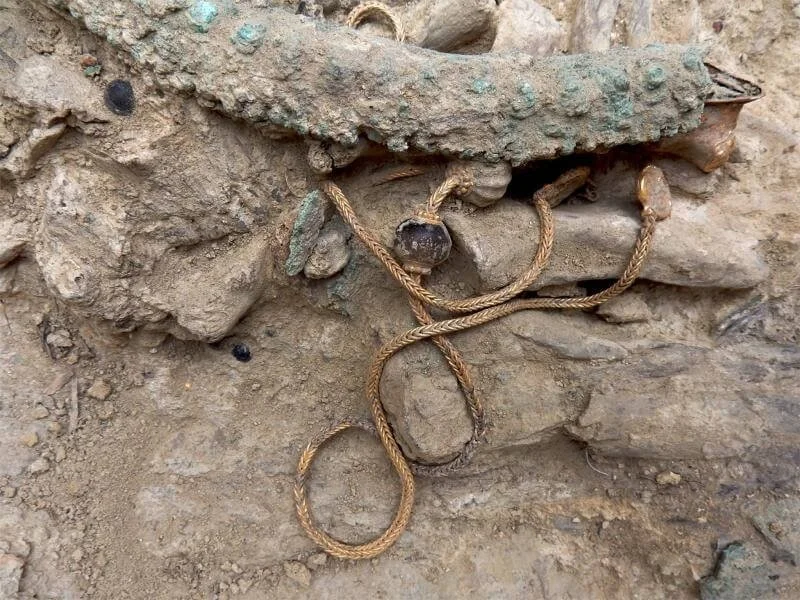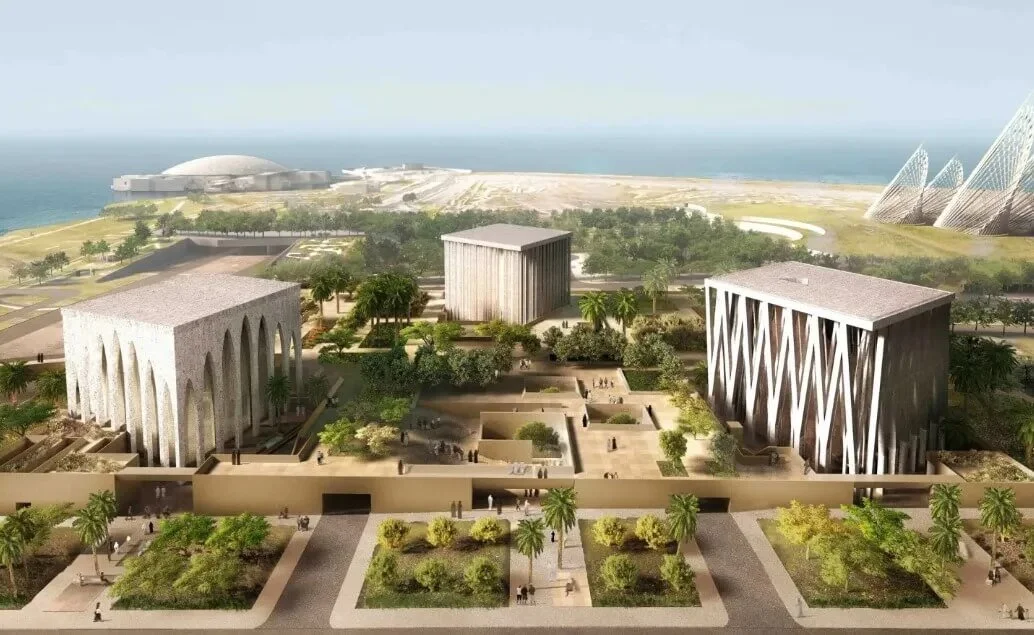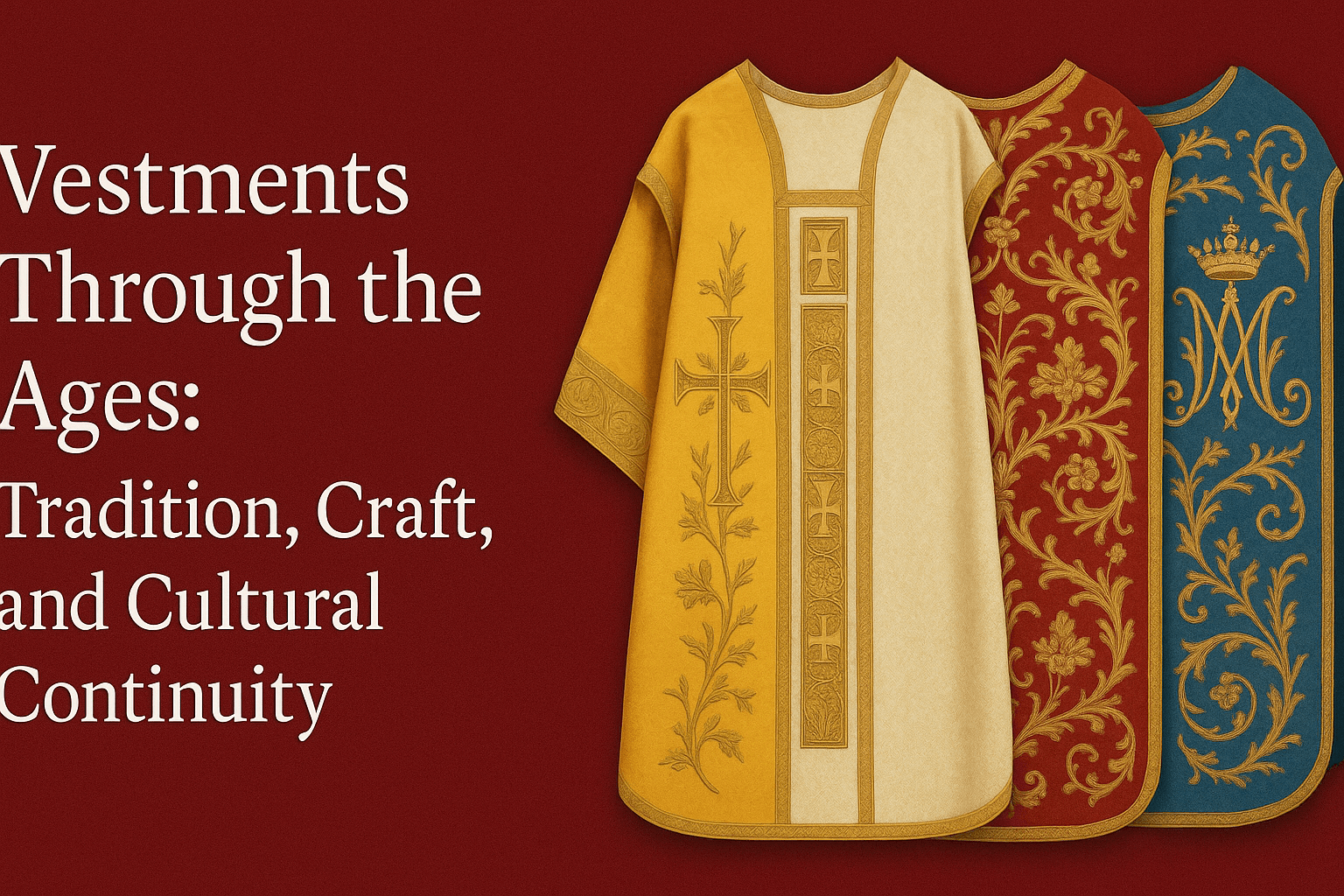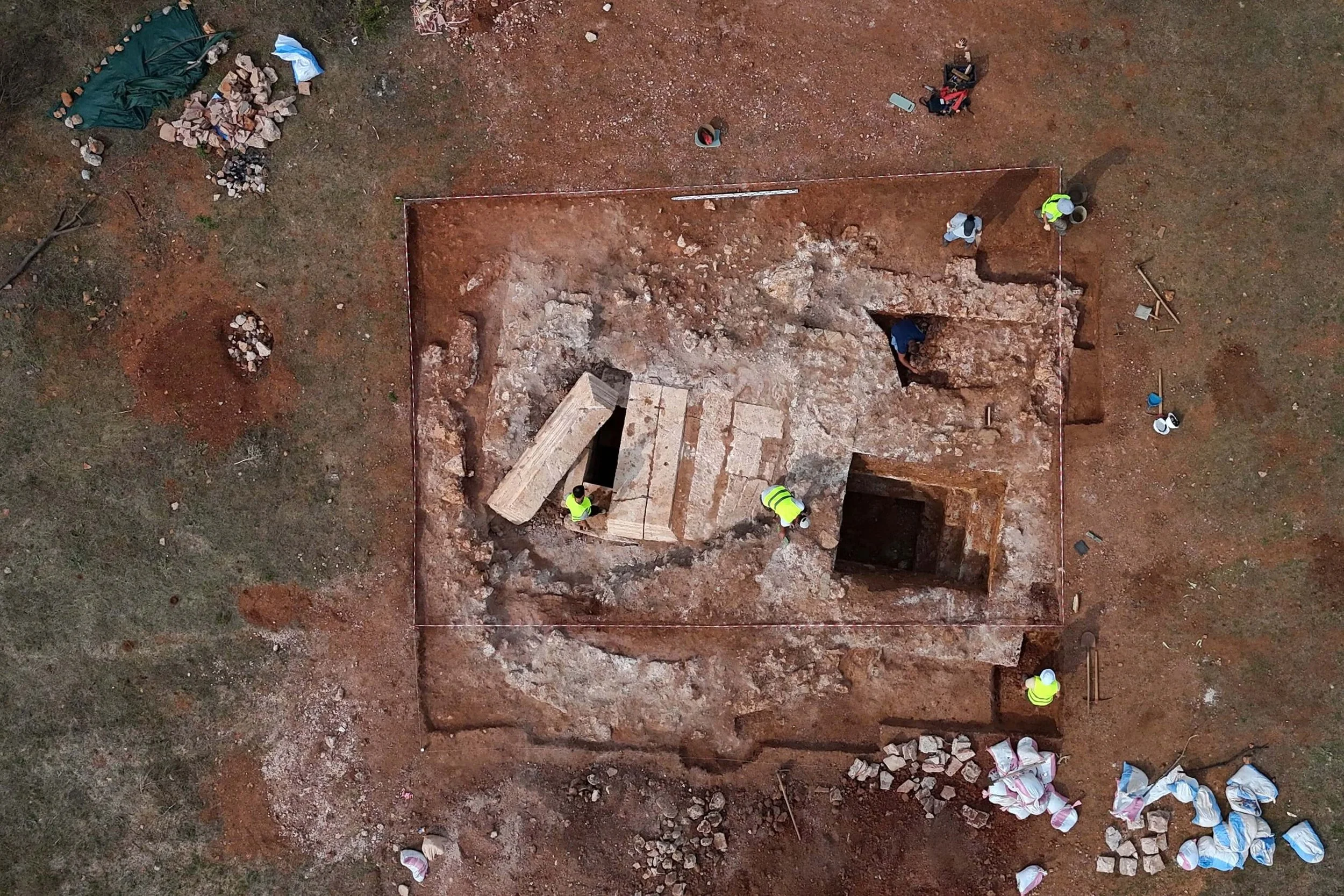The relationship between philosophy and theology has been one of the most fruitful and complex in the history of European thought. From antiquity to the modern era, these two intellectual traditions have been in constant dialogue, sometimes reinforcing each other and sometimes clashing. The role that philosophy has played in shaping theological thought is undeniable, as is the influence of theology on the development of philosophy. Particularly in the Middle Ages, philosophy served as a means to understand and interpret religious faith, while from the Enlightenment onward, its gradual emancipation marked a profound transformation in Western intellectual tradition.
Philosophy as the Handmaid of Theology: A Tool for Theological Understanding
During the Middle Ages, philosophy was seen as an essential tool for theology. The concept of Ancilla Theologiae (“handmaid of theology”) highlighted the way in which philosophy was employed to reinforce theological principles, providing logical structure and systematic argumentation for religious doctrines.
Thomas Aquinas (1225-1274) was one of the most influential thinkers of this era, merging Aristotelian philosophy with Christian doctrine. His work, Summa Theologica, sought to reconcile faith and reason by arguing that divine truths can be partially comprehended through human reason, although revelation remains the ultimate authority. This synthesis formed the foundation of Thomism, which dominated medieval theology.
Other medieval scholars, such as Anselm of Canterbury, proposed philosophical arguments for God's existence, while figures like Boethius and John Duns Scotus contributed significantly to philosophical theology by refining theological and metaphysical concepts.
Medieval University Structures and the Dominance of Theology
The intimate relationship between philosophy and theology was institutionalized through the medieval university system. Leading institutions, including the Sorbonne, Oxford, and the University of Padua, prioritized theology as the highest academic discipline.
The education system was based on the Septem Artes Liberales, which included foundational disciplines meant to prepare students for theological studies. Among these, philosophy—especially logic—was a key tool for theologians, enabling them to construct rational defenses of religious dogma.
Furthermore, Neoplatonism, heavily influenced by Plato, played a crucial role in early Christian thought. Saint Augustine, one of the most prominent Church Fathers, adopted Neoplatonic ideas, emphasizing that the material world is secondary to the spiritual realm and that true knowledge is obtained through divine communion.
The Separation of Theology and Philosophy in the Enlightenment
The harmonious relationship between philosophy and theology began to dissolve in the 17th and 18th centuries with the rise of Enlightenment rationalism. Philosophers increasingly sought to base knowledge on empirical evidence and reason, distancing themselves from theological constraints.
Descartes’ skepticism, Spinoza’s pantheism, and Locke’s empiricism all contributed to this philosophical emancipation. Additionally, the Scientific Revolution, led by Galileo and Newton, established a mechanistic and empirical approach to understanding the natural world, further diminishing theology’s traditional authority.
Kant’s Critique of Pure Reason delivered a final blow to traditional metaphysics, arguing that theological claims could not be verified through pure reason.
The Contemporary Relationship Between Philosophy and Theology
Although philosophy and theology are now distinct academic fields, their dialogue persists in disciplines such as the philosophy of religion, ethics, and metaphysics. Theology remains deeply rooted in faith and revelation, while philosophy continues to explore questions about existence, morality, and the limits of human knowledge.
Despite their divergence, history demonstrates that philosophy and theology have never ceased influencing one another. Their interaction continues as they both seek to provide answers to the great existential and ethical dilemmas of humanity.





